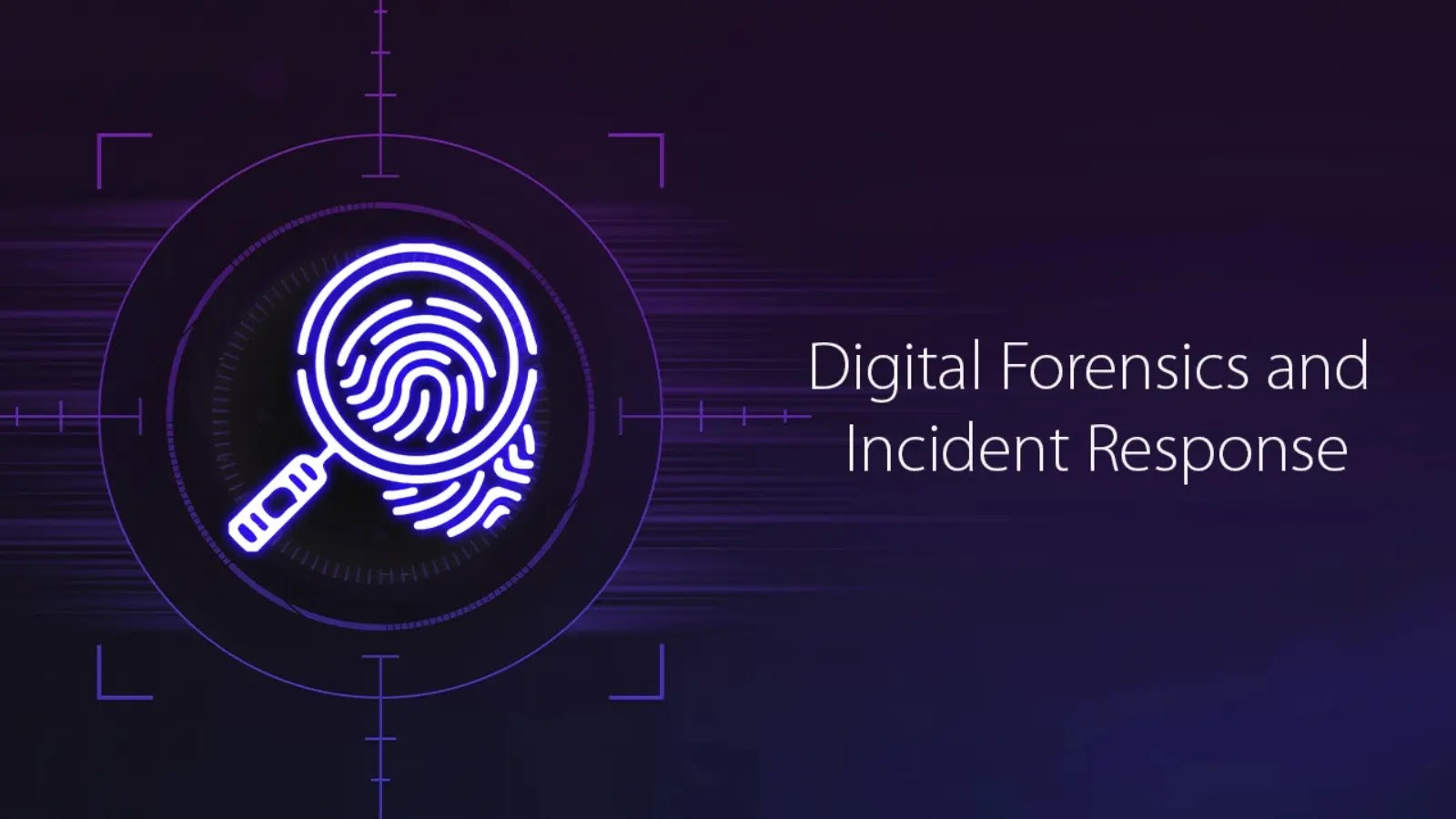In today’s rapidly evolving cyber threat landscape, the integration of digital forensics into incident response strategies has become imperative for organizations aiming to bolster their cybersecurity defenses. Digital forensics—the meticulous process of identifying, preserving, analyzing, and presenting digital evidence—plays a pivotal role in understanding and mitigating security incidents. This article delves into how digital forensics enhances incident response, outlines essential forensic techniques, and offers practical strategies for security leaders to implement robust Digital Forensics and Incident Response (DFIR) capabilities.
The Symbiotic Relationship Between Digital Forensics and Incident Response
Traditionally, digital forensics and incident response were viewed as distinct disciplines. Digital forensics focused on the post-incident analysis of digital evidence, often for legal or investigative purposes, while incident response prioritized the immediate detection, containment, and remediation of active threats to minimize operational impact. However, as cyberattacks have grown in sophistication, the need for a unified approach has become evident.
Integrating digital forensics into incident response ensures that evidence is collected in a forensically sound manner during the containment and eradication of threats. This integration offers several benefits:
– Comprehensive Understanding: Forensic analysis provides clarity about the root cause, attack vector, and scope of incidents, transforming them from mere crises into learning opportunities.
– Enhanced Recovery: A thorough forensic investigation informs more effective remediation strategies, ensuring that all traces of the threat are eradicated.
– Legal and Regulatory Compliance: Proper evidence collection and preservation support legal proceedings and help meet regulatory requirements.
– Proactive Defense: Insights gained from forensic investigations can inform proactive measures to prevent similar incidents in the future.
For security leaders, embedding forensic processes into incident response is essential for building a resilient security posture and demonstrating due diligence to stakeholders.
Core Digital Forensic Techniques in Incident Response
1. Evidence Collection and Preservation
The foundation of effective DFIR lies in the meticulous collection and preservation of digital evidence. In the high-pressure environment of a security incident, it is crucial to gather data from a wide range of sources, including file systems, operating systems, memory, network logs, and user activity records. The integrity of this evidence must be maintained throughout the process, requiring the use of specialized forensic tools and techniques that prevent contamination or alteration. Establishing a clear chain of custody is vital, as it ensures that evidence remains admissible in legal or regulatory proceedings.
2. Memory Forensics
Many advanced threats operate primarily in volatile memory, leaving few traces on disk. Memory forensics involves capturing and analyzing memory images to identify malicious processes, injected code, and active network connections that might otherwise go undetected. This technique is particularly valuable for detecting fileless malware and understanding the in-memory behavior of sophisticated threats.
3. Network Forensics
Analyzing network traffic is essential for identifying how an attacker infiltrated the network and what data may have been exfiltrated. Network forensics involves capturing and examining network packets to detect anomalies, unauthorized communications, and data transfers. Tools like Wireshark enable forensic investigators to reconstruct network sessions and gain insights into the attacker’s methods and objectives.
4. Log Analysis
System and application logs provide a chronological record of activities that can be invaluable during an investigation. Log analysis involves reviewing logs from various systems to detect suspicious behavior, such as unauthorized access attempts, privilege escalations, or unusual data transfers. Security Information and Event Management (SIEM) solutions aggregate and analyze log data for real-time alerts and forensic analysis.
5. Endpoint Forensics
Examining individual endpoints (e.g., workstations, servers, mobile devices) can reveal artifacts such as malware, unauthorized software, or evidence of data exfiltration. Endpoint forensics involves analyzing file systems, registry entries, and application data to uncover indicators of compromise. Tools like EnCase and Forensic Toolkit (FTK) are commonly used for this purpose.
Implementing Robust DFIR Capabilities: Strategies for Security Leaders
To effectively integrate digital forensics into incident response, security leaders should consider the following strategies:
1. Develop a Comprehensive DFIR Plan
Establish a detailed DFIR plan that outlines roles, responsibilities, procedures, and communication protocols. This plan should be regularly updated to reflect emerging threats and organizational changes.
2. Invest in Training and Tools
Equip your team with the necessary skills and tools to perform forensic investigations. This includes training in forensic methodologies and investing in reliable forensic software and hardware.
3. Establish Clear Evidence Handling Procedures
Implement strict protocols for evidence collection, preservation, and documentation to maintain the integrity and admissibility of digital evidence. This includes maintaining a chain of custody and ensuring that evidence is handled in a manner that is admissible in legal proceedings.
4. Conduct Regular Drills and Simulations
Regularly test your DFIR capabilities through simulated incidents to identify gaps and areas for improvement. These exercises help ensure that your team is prepared to handle real-world incidents effectively.
5. Collaborate with Legal and Compliance Teams
Work closely with legal and compliance departments to ensure that forensic investigations align with regulatory requirements and support potential legal actions.
6. Leverage Automation
Utilize automation tools to streamline forensic processes, such as evidence collection and analysis. Automation can help address talent shortages and improve the efficiency and consistency of investigations.
Conclusion
Integrating digital forensics into incident response is no longer optional for organizations seeking to defend against sophisticated cyber threats. By understanding the critical role of digital forensics, implementing essential forensic techniques, and adopting strategic approaches, security leaders can enhance their organization’s ability to detect, respond to, and recover from security incidents. This proactive stance not only mitigates the impact of incidents but also strengthens the overall cybersecurity posture, ensuring resilience in the face of evolving threats.



